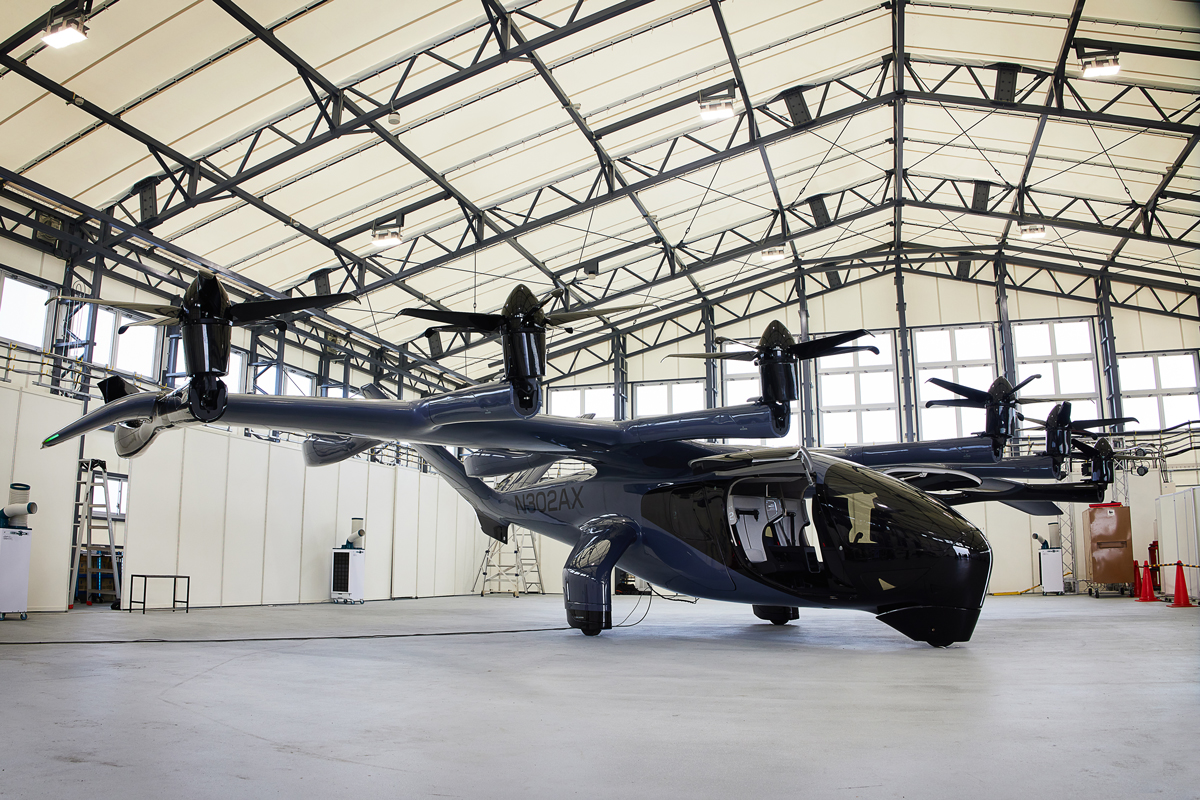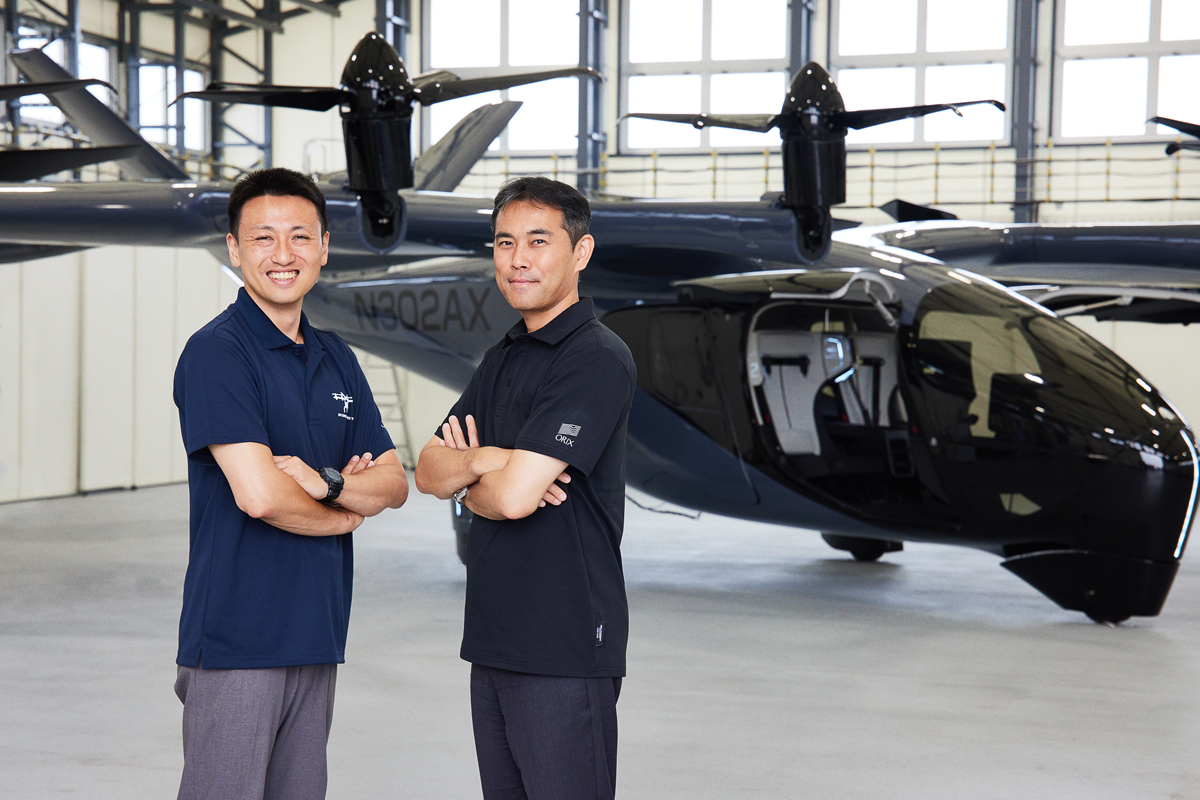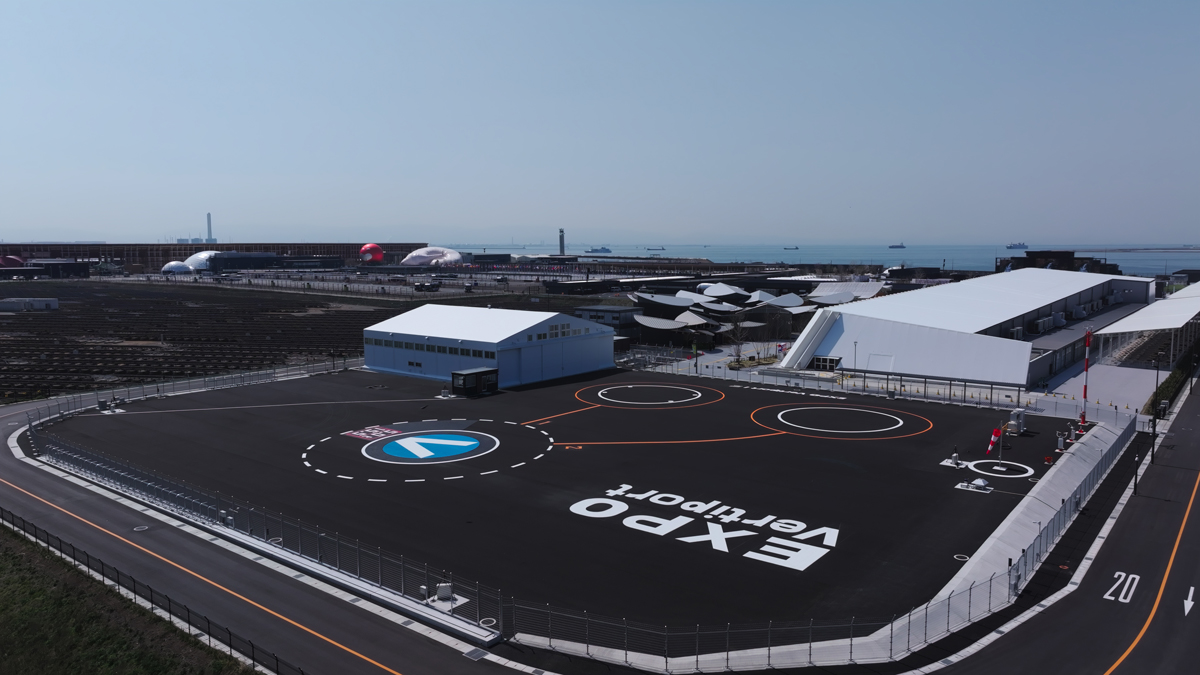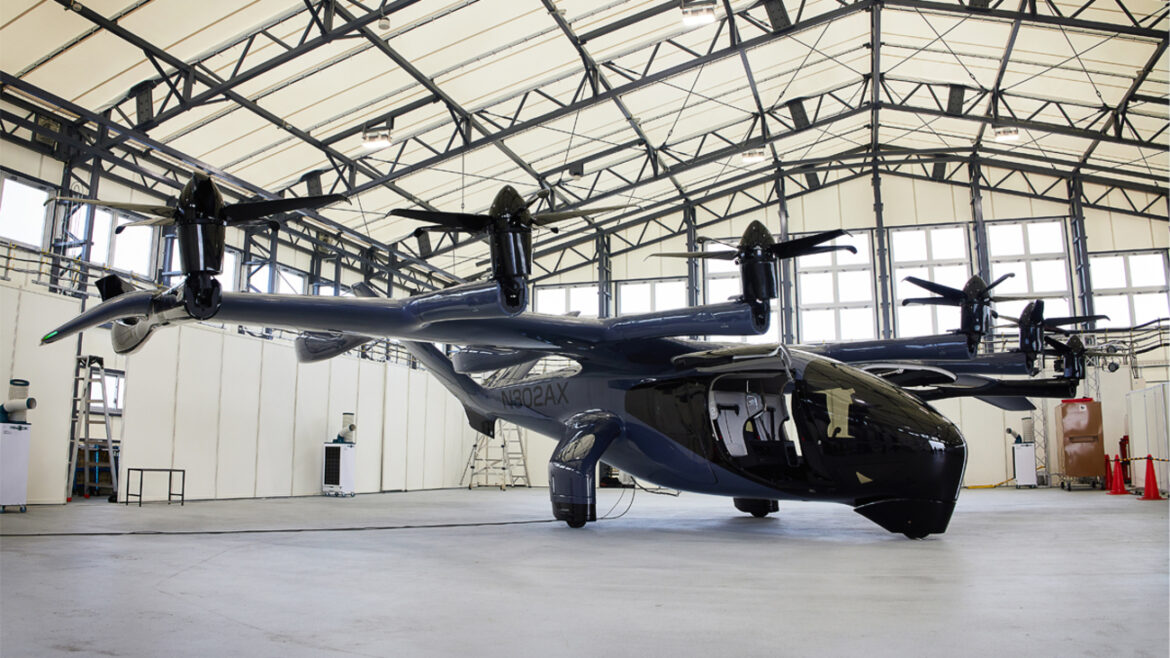
The vision of flying cars, once confined to the realms of science fiction, has taken a significant step toward reality in Japan, fueled by the global spotlight cast on this emerging sector by the 2025 World Expo in Osaka.
Banpaku’s dedicated Vertiport and high-profile demonstration flights have not only showcased cutting-edge technology but also galvanized the industry, echoing the transformative impact the last Japan Expo had on the maglev train.
As the world stands at the threshold of what many are calling a “once-in-a-century mobility revolution,” Japan is emerging at the forefront of the eVTOL (electric vertical take-off and landing) sector, assembling a unique ecosystem of manufacturers, operators, and infrastructure developers.
Globally, the market for ‘flying cars’ or ‘air taxis’ — more accurately described as eVTOL aircraft — is gaining momentum. These vehicles, essentially large passenger-carrying drones, offer vertical take-off and landing like helicopters but with quieter, safer, and more efficient operations thanks to their electric propulsion systems and smaller rotors that stop immediately once the power is cut.
In Japan, the market is projected to reach a value of ¥2.5 trillion ($17 billion) (in Japanese) by 2040, attracting a diverse array of companies, from established conglomerates to innovative startups. A key reason for this projected growth are the environmental benefits of eVTOLs given their lack of CO2 emissions and potential to provide an attractive, low-impact alternative for urban and regional mobility.
Lift-off in Osaka
The 2025 Expo marked a watershed moment for the industry. The world’s first Vertiport, operated by ORIX Corporation, served as a hub for aircraft displays and demonstration flights, drawing considerable public attention and media coverage. Yukihiro Ota, CEO and CCO of Soracle Corporation, Japan’s first dedicated flying car operator, notes that the Expo made the technology tangible for the public, much as the 1970 Osaka Expo did for the maglev train.
Meanwhile, Tomohiro Fukuzawa, CEO of SkyDrive Inc, another eVTOL developer, says: “We’ve created the sense that the vehicle exists and can fly. The next step is to have people believe it is as safe as — or even safer than — current airplanes, and to demonstrate that it can also succeed as a business.”
The Vertiport, managed by ORIX, was a focal point for Expo visitors, with long lines and widespread curiosity, even when demonstration flights were delayed by weather. The facility, built under new guidelines from the Ministry of Land, Infrastructure, Transport and Tourism, is Japan’s first to accept multiple eVTOLs simultaneously and includes charging infrastructure designed for frequent operations.
This operational know-how, drawn from ORIX’s experience running major airports like Kansai International, Itami in Osaka, and Kobe, is now being leveraged to develop a network of Vertiports across the Kansai region and beyond.

Soracle CEO Yukihiro Ota and Ryo Sugiyama from the Mobility Innovation Team at ORIX
Ecosystem: Operators, Ports, and Partnerships
The industry’s rapid development hinges on two pillars: the aircraft operators and the port (or rather, Vertiport) operators. Soracle, a joint venture between Sumitomo Corporation and Japan Airlines, has already signed a master agreement with Archer Aviation from the US to purchase up to 100 eVTOLs and plans to begin commercial operations by 2027. Demonstration flights are scheduled in Osaka and Kansai in 2026.
Meanwhile, ORIX’s expertise in airport management is being applied to Vertiport operations, with plans to develop 20 or more sites across the Kansai region. The approach includes not only direct management but also franchise models, similar to the group’s car rental business, to foster local partnerships and accelerate deployment, according to Ryo Sugiyama, Team Leader, Mobility Innovation Team, Domestic Business Promotion Department, Corporate Sales Division at ORIX.
The government–industry council for the “Air Mobility Revolution” has grown from 21 founding members in 2018 to 64 in 2025, including heavyweights like Mitsubishi Electric, Mitsui Fudosan, and ANA Holdings (partnering with US-based Joby Aviation, funded by Toyota). This broad coalition is working to solve key challenges: infrastructure, rule-making, and public acceptance.
From Concept to Reality
Despite the Expo’s success, the road to commercialization is not without hurdles. None of the four companies that had planned commercial flights at the Expo obtained the necessary safety certifications in time, while technical setbacks — such as a US-made aircraft’s propeller failure — highlighted the need for robust safety and operational protocols. Yet, the data and experience gathered from public demonstration flights have been invaluable for refining technology and logistics.
The initial business models target high-end tourism and early adopters, with expectations that costs will decrease as operations scale, eventually making flying taxis a practical option for the general public. The aircraft’s unique capabilities, including quiet operation, rapid turnaround, and minimal space requirements, make them suitable for a range of applications, from urban mobility to emergency medical transport in remote or disaster-stricken areas.
And flying cars promise not just convenience but solutions to pressing social problems: providing access to remote regions, supporting disaster response, and offering new links between cities and tourist destinations. With flexible “restricted surfaces” for take-off and landing, Vertiports could soon appear atop buildings and commercial facilities, integrating seamlessly into urban landscapes.
To turn that vision into practice, both Mr. Ota and Mr. Sugiyama emphasize the need for close collaboration with local governments and communities, as well as a realistic dialogue about costs, regulations, and use cases.
This year’s Banpaku has given Japan’s flying car industry an undeniable “shot in the arm”, pushing the sector from concept to credible reality. At the Expo Vertiport, the collaboration between leading corporations, and the enthusiastic public response have set the stage for Japan to become a global leader in next-generation air mobility.

The Expo’s Vertiport, from which four operators conducted demonstration flights


AloJapan.com